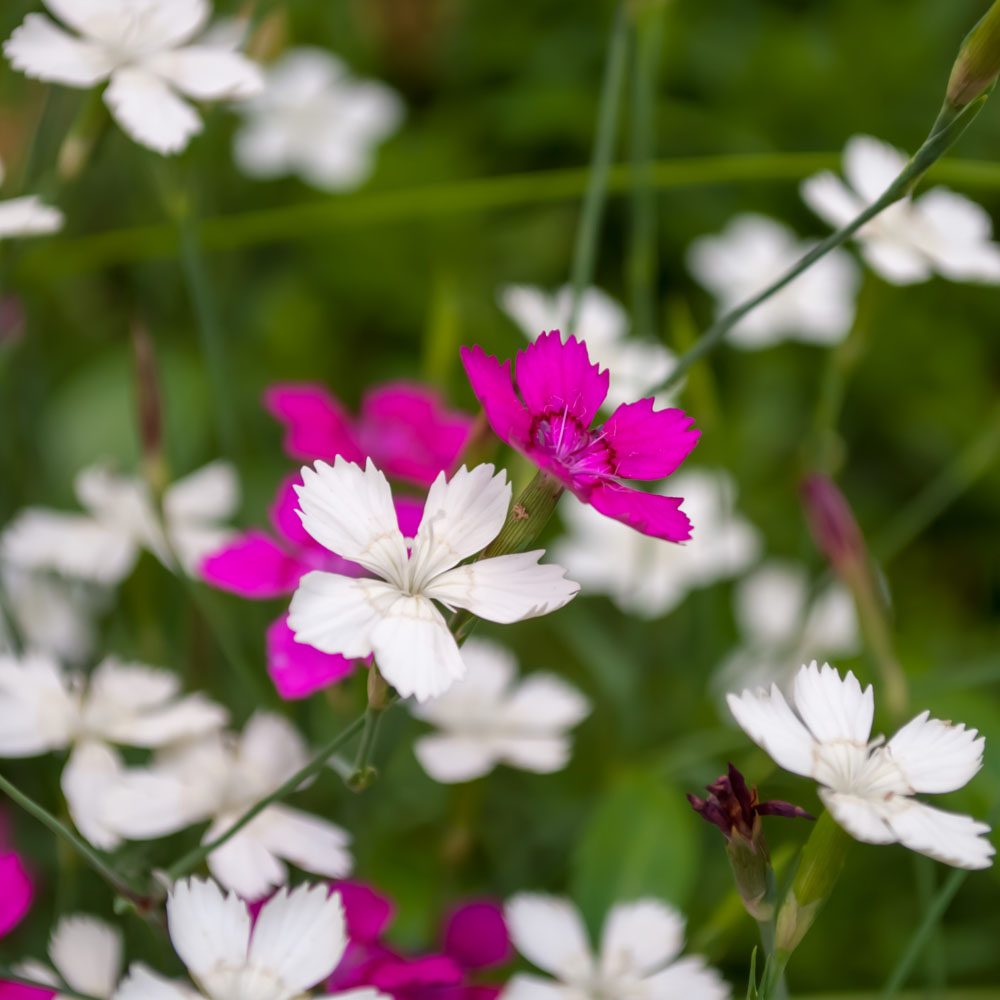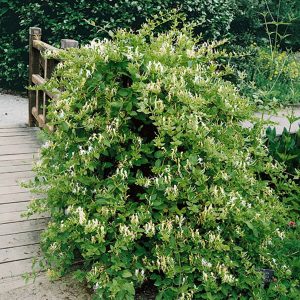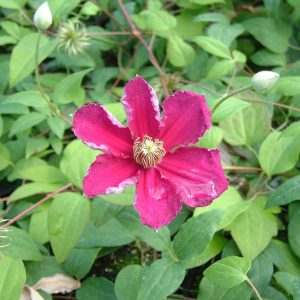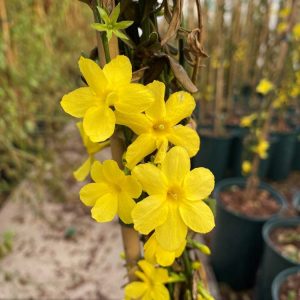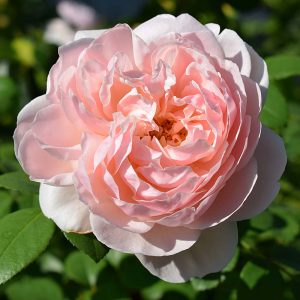Description
Dianthus are a large group of plants that are roughly split into three with different species being known as pinks, carnations or sweet williams. This dianthus is a carnation which are usually members of the species D. caryophyllus or any of the many hybrids that have been produced. Known to have been cultivated by humans for over 2000 years, they are grown for their beautiful tightly packed flowers with fringed petals which often contrast nicely with their silver tinted foliage.
Key Facts
- Common Name(s):Maiden Pink ‘Albus’
- Hardiness:Fully hardy
- How big will I get? Dianthus deltoides ‘Albus’ can grow to a height of 0.2m and a spread of 0.3m.
- Did You Know That:The name carnation comes from the Latin for crown, as it was often placed in ceremonial crowns in Ancient Rome and Greece?
Plant Calendar
A rough guide to how this plant will change through the year.
| Jan | Feb | Mar | Apr | May | June | July | Aug | Sept | Oct | Nov | Dec | |
| Flowering Time | 
| 
| 
| |||||||||
| Foliage Colour |  |
 |
 |
 |
 |
 |
 |
 |
 |
 |
 |
 |
| J | F | M | A | M | J | J | A | S | O | N | D |

| 
| 
| |||||||||
 |
 |
 |
 |
 |
 |
 |
 |
 |
 |
 |
 |
Care Guide

Soil Requirements
Dianthus deltoides ‘Albus’ prefers soil with good drainage and does not tolerate standing water. This plant can grow in soil with a wide range of pH levels, it is not picky about the pH level of the soil.

Best Position
Dianthus deltoides ‘Albus’ can handle either an exposed or a sheltered position and requires full sun to thrive, this consists of more than six hours of direct sunshine per day.

Maintenance
Dianthus deltoides ‘Albus’ should be deadheaded regularly to promote the production of new flowers, it can then be cut back hard once the flowering period is over, this will help to promote plenty of fresh growth the following Spring.

Pest, Diseases and Wildlife
Dianthus deltoides ‘Albus’ can have problems with aphids and slugs, and it tends not to have problems with diseases.butterflies. It is toxic to cats, dogs and people.
